





















This impossibly deep glacial lake hides a dark secret
- This Himalayan lake hides quite the dark secret. A chilling discovery was made in the 1940s, but it wasn't until the 21st century that the mystery was solved. Or was it? Browser through this gallery and draw your own conclusions.
© Shutterstock
0 / 22 Fotos
Roopkund - Roopkund, also known as Skeleton Lake or Mystery Lake, is a glacial lake in India.
© Shutterstock
1 / 22 Fotos
Roopkund - The lake is located near Wan village in the Chamoli district of Uttarakhanin, in the Himalayas.
© Shutterstock
2 / 22 Fotos
Location - Skeleton Lake is a high-altitude lake located at around 5,029 meters (16,499 feet) above sea level.
© Shutterstock
3 / 22 Fotos
Snow - The lake is covered in snow for about eight months of the year.
© Shutterstock
4 / 22 Fotos
Lake discovery - In 1942, a British forest guard made a macabre discovery: a frozen lake full of human bones!
© Shutterstock
5 / 22 Fotos
Skeletons - But it was about to get even more bizarre. As the ice melted during summer, the lake unveiled even more skeletons. WWII was underway at the time and the British government suspected these were the remains of Japanese soldiers who died en route to a land invasion.
© Shutterstock
6 / 22 Fotos
Japanese soldiers - The British government sent a team of investigators to Roopkund. More shock: they came to the conclusion that the bones were too ancient to be from Japanese soldiers.
© Shutterstock
7 / 22 Fotos
Mystery - Many theories arose at the time, including a landslide, an epidemic, or even ritual killing as the cause of all those deaths.
© Shutterstock
8 / 22 Fotos
Expedition - In 2004, an expedition to Roopkund was organized with the express goal of solving the mystery. It was concluded that the skeletons were dated to around 850 AD.
© Shutterstock
9 / 22 Fotos
Remains - The local weather conditions made it possible for some hair, flesh, and even clothes of the victims to remain preserved.
© Shutterstock
10 / 22 Fotos
DNA testing - Two distinctive groups of people were identified from the remains. One was a group of closely related individuals, who could have been a family or a tribe. The other group was composed of individuals from 200 years ago with genetic affinity with east mediterraneans. It is believed that the bones belong to pilgrims who were crossing the mountains with the help of local guides.
© Shutterstock
11 / 22 Fotos
How did they die? - Despite the many theories put forth, there was only one common denominator in all skulls: they were cracked. The cracks on the skulls were deep and short. The shoulders also presented wounds. All of these seemed to have been inflicted from above.
© Shutterstock
12 / 22 Fotos
How did they die? - The conclusion was that hailstones were the cause of death. Violent and sudden hailstorms supposedly hit the group and killed them. Being unable to hide, pilgrims and locals alike were hail-stoned to death.
© Shutterstock
13 / 22 Fotos
Hailstorms - The lyrics to an ancient Himalayan folk song tell the story of a goddess who became so enraged when her sanctuary was damaged by outsiders that she killed them with hailstones as hard as iron.
© iStock
14 / 22 Fotos
Nanda Devi Raj Jat - The Nanda Devi Raj Jat is a pilgrimage and festival dedicated to the worship of goddess Nanda Devi.
© Shutterstock
15 / 22 Fotos
Nanda Devi Raj Jat - Roopkund is on the pilgrimage route of Nanda Devi Raj Jat.
© Shutterstock
16 / 22 Fotos
Local legend - Legend has it that once a king took some dancers to Roopkund, but heavy snowfall transformed them into skeletons and stones.
© Shutterstock
17 / 22 Fotos
Local legend - Another folk story mentions King Yasodhwal's pregnant wife. It goes that while giving birth, her placenta flowed down to Roopkund and killed everyone there.
© Shutterstock
18 / 22 Fotos
Roopkund Trek
- This is one of India's most popular trekking routes.
© Shutterstock
19 / 22 Fotos
Trekking route - The trek can be demanding, but the surrounding landscape is absolutely breathtaking.
© Shutterstock
20 / 22 Fotos
Getting there
- A three to four-day trek is required to get to Skeleton Lake. See also: The Loch Ness legend resurfaces
© Shutterstock
21 / 22 Fotos
This impossibly deep glacial lake hides a dark secret
- This Himalayan lake hides quite the dark secret. A chilling discovery was made in the 1940s, but it wasn't until the 21st century that the mystery was solved. Or was it? Browser through this gallery and draw your own conclusions.
© Shutterstock
0 / 22 Fotos
Roopkund - Roopkund, also known as Skeleton Lake or Mystery Lake, is a glacial lake in India.
© Shutterstock
1 / 22 Fotos
Roopkund - The lake is located near Wan village in the Chamoli district of Uttarakhanin, in the Himalayas.
© Shutterstock
2 / 22 Fotos
Location - Skeleton Lake is a high-altitude lake located at around 5,029 meters (16,499 feet) above sea level.
© Shutterstock
3 / 22 Fotos
Snow - The lake is covered in snow for about eight months of the year.
© Shutterstock
4 / 22 Fotos
Lake discovery - In 1942, a British forest guard made a macabre discovery: a frozen lake full of human bones!
© Shutterstock
5 / 22 Fotos
Skeletons - But it was about to get even more bizarre. As the ice melted during summer, the lake unveiled even more skeletons. WWII was underway at the time and the British government suspected these were the remains of Japanese soldiers who died en route to a land invasion.
© Shutterstock
6 / 22 Fotos
Japanese soldiers - The British government sent a team of investigators to Roopkund. More shock: they came to the conclusion that the bones were too ancient to be from Japanese soldiers.
© Shutterstock
7 / 22 Fotos
Mystery - Many theories arose at the time, including a landslide, an epidemic, or even ritual killing as the cause of all those deaths.
© Shutterstock
8 / 22 Fotos
Expedition - In 2004, an expedition to Roopkund was organized with the express goal of solving the mystery. It was concluded that the skeletons were dated to around 850 AD.
© Shutterstock
9 / 22 Fotos
Remains - The local weather conditions made it possible for some hair, flesh, and even clothes of the victims to remain preserved.
© Shutterstock
10 / 22 Fotos
DNA testing - Two distinctive groups of people were identified from the remains. One was a group of closely related individuals, who could have been a family or a tribe. The other group was composed of individuals from 200 years ago with genetic affinity with east mediterraneans. It is believed that the bones belong to pilgrims who were crossing the mountains with the help of local guides.
© Shutterstock
11 / 22 Fotos
How did they die? - Despite the many theories put forth, there was only one common denominator in all skulls: they were cracked. The cracks on the skulls were deep and short. The shoulders also presented wounds. All of these seemed to have been inflicted from above.
© Shutterstock
12 / 22 Fotos
How did they die? - The conclusion was that hailstones were the cause of death. Violent and sudden hailstorms supposedly hit the group and killed them. Being unable to hide, pilgrims and locals alike were hail-stoned to death.
© Shutterstock
13 / 22 Fotos
Hailstorms - The lyrics to an ancient Himalayan folk song tell the story of a goddess who became so enraged when her sanctuary was damaged by outsiders that she killed them with hailstones as hard as iron.
© iStock
14 / 22 Fotos
Nanda Devi Raj Jat - The Nanda Devi Raj Jat is a pilgrimage and festival dedicated to the worship of goddess Nanda Devi.
© Shutterstock
15 / 22 Fotos
Nanda Devi Raj Jat - Roopkund is on the pilgrimage route of Nanda Devi Raj Jat.
© Shutterstock
16 / 22 Fotos
Local legend - Legend has it that once a king took some dancers to Roopkund, but heavy snowfall transformed them into skeletons and stones.
© Shutterstock
17 / 22 Fotos
Local legend - Another folk story mentions King Yasodhwal's pregnant wife. It goes that while giving birth, her placenta flowed down to Roopkund and killed everyone there.
© Shutterstock
18 / 22 Fotos
Roopkund Trek
- This is one of India's most popular trekking routes.
© Shutterstock
19 / 22 Fotos
Trekking route - The trek can be demanding, but the surrounding landscape is absolutely breathtaking.
© Shutterstock
20 / 22 Fotos
Getting there
- A three to four-day trek is required to get to Skeleton Lake. See also: The Loch Ness legend resurfaces
© Shutterstock
21 / 22 Fotos
This impossibly deep glacial lake hides a dark secret
Discover this mysterious lake in the Himalayas
© Shutterstock
This Himalayan lake hides quite a dark secret. A chilling discovery was made in the 1940s, but it wasn't until the 21st century that the mystery was solved. Or was it? Browse through this gallery and draw your own conclusions.
RECOMMENDED FOR YOU
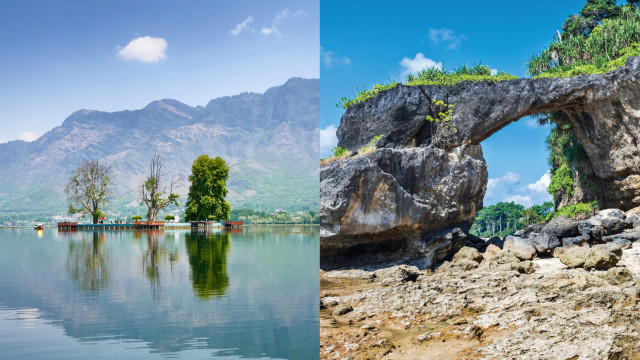



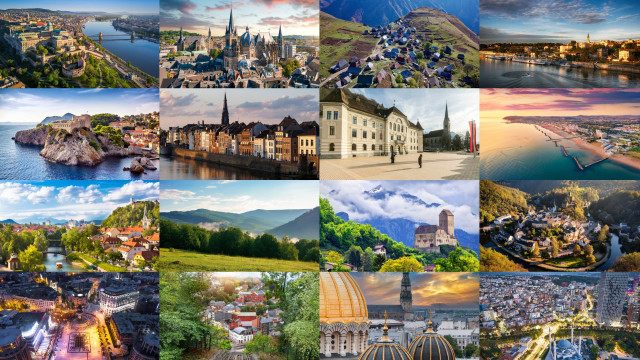
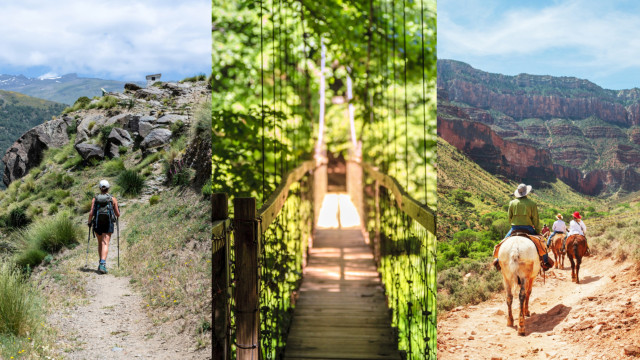



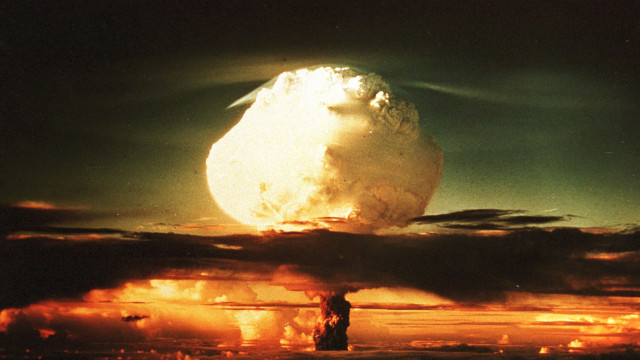


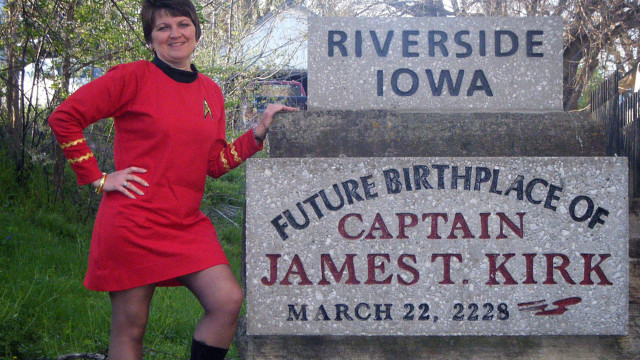



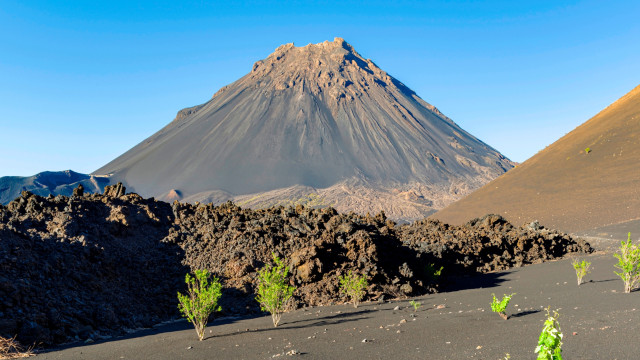

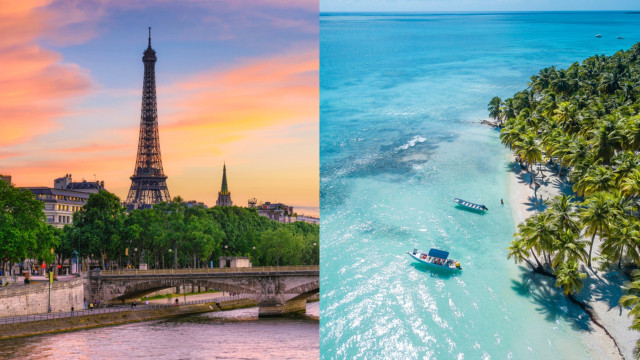
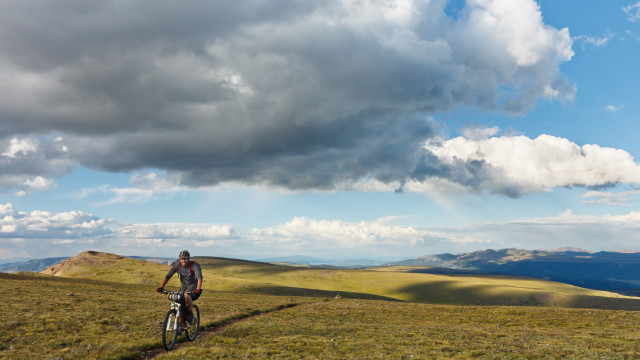
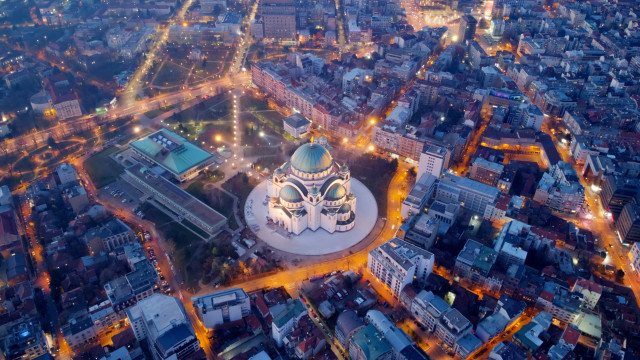
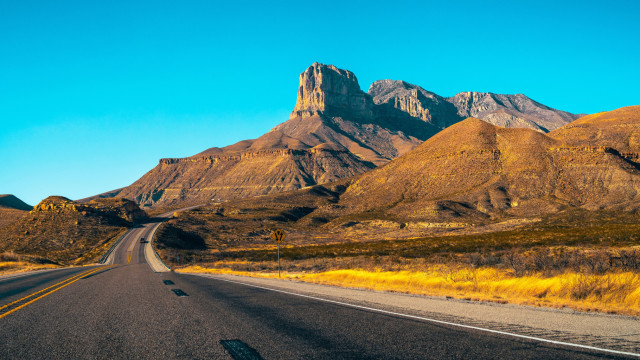














MOST READ
- Last Hour
- Last Day
- Last Week
-
1
CELEBRITY Relationships
-
2
LIFESTYLE Throwback
-
3
LIFESTYLE Catholicism
-
4
LIFESTYLE Home remedies
-
5
LIFESTYLE Putin
-
6
FOOD Fine dining
-
7
LIFESTYLE Emotions
-
8
TRAVEL Nations
-
9
LIFESTYLE History
-
10
LIFESTYLE Astrology chart








